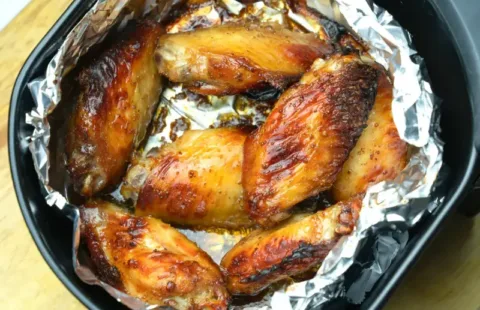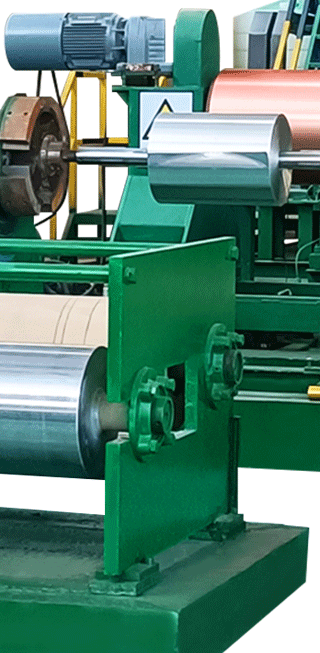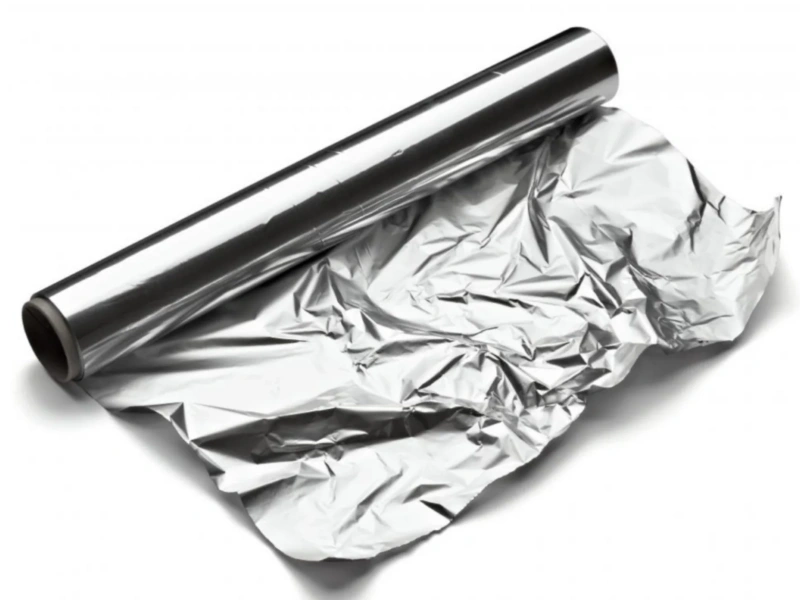
Should Aluminum Foil Be Shiny Side Up or Down?
Understanding the Shiny and Dull Sides of Aluminum Foil
Should Aluminum Foil Be Shiny Side Up or Down? Many people use aluminum foil every day for cooking, baking, or food storage — but few know which side should face up or down. The shiny and dull sides of aluminum foil are not just for looks. They result from the manufacturing process and can slightly affect heat reflection.
Aluminum foil is made by rolling large sheets of aluminum until they are extremely thin. During the final stage, two sheets are rolled together, and the sides that touch become dull, while the outer sides become shiny.
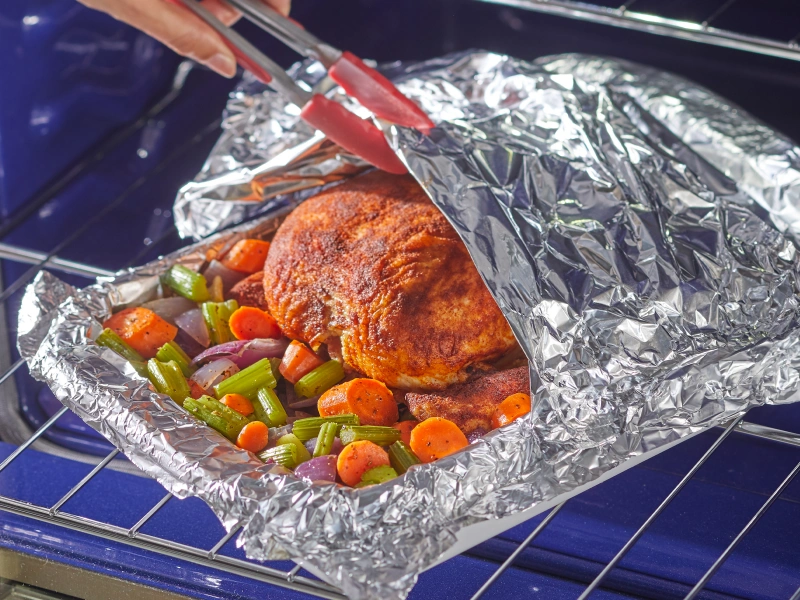
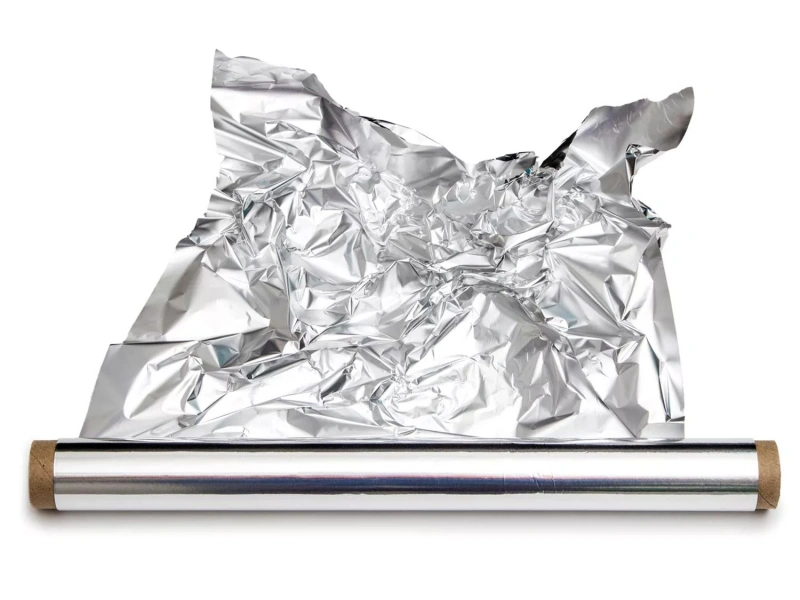

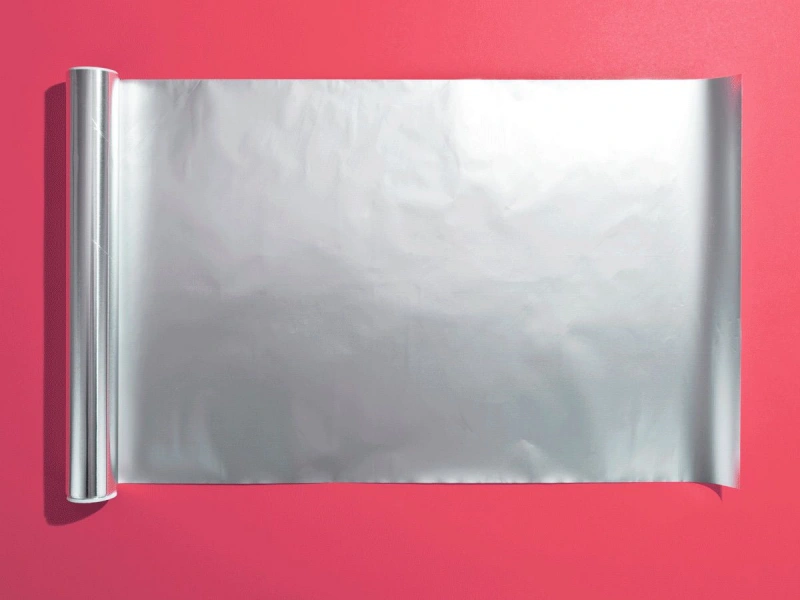
Shiny Side vs. Dull Side: What’s the Difference?
| Surface Type | Appearance | Function | Common Use |
|---|---|---|---|
| Shiny Side | Reflective, mirror-like | Reflects heat and light | Grilling, baking, roasting |
| Dull Side | Matte, less reflective | Absorbs heat slightly better | Keeping food warm, slow cooking |
The difference is subtle — both sides of aluminum foil conduct heat equally well. However, the shiny side reflects more radiant heat, which can make a small difference in certain cooking methods.
Should You Use the Shiny Side Up or Down?
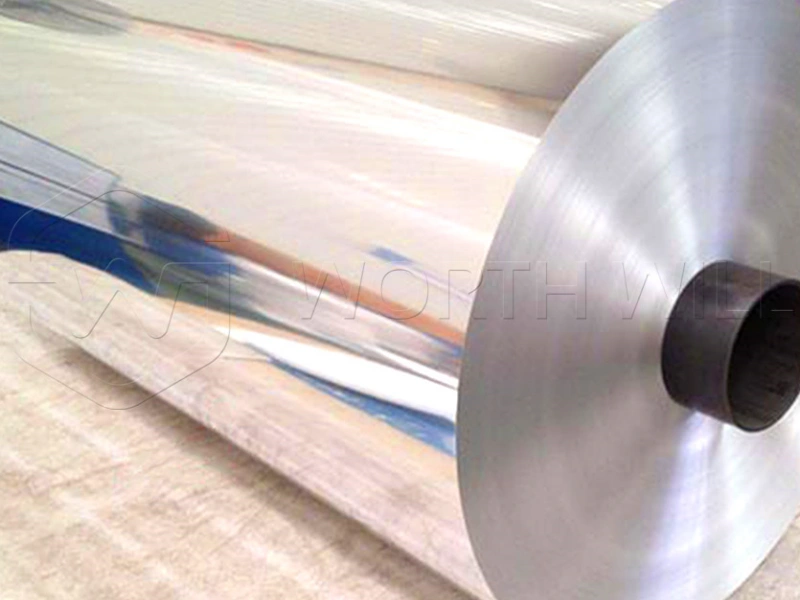
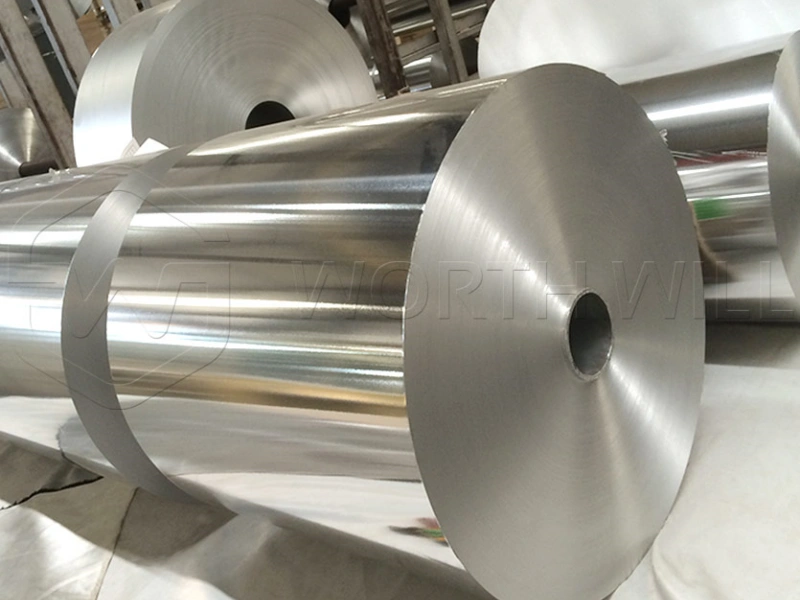
The answer depends on what you’re cooking:
| Cooking Method | Recommended Side | Why |
|---|---|---|
| Baking | Shiny side up | Reflects heat evenly, prevents over-browning |
| Grilling | Shiny side down | Keeps heat concentrated near food |
| Oven Roasting | Shiny side up | Distributes radiant heat for crispy texture |
| Keeping Food Warm | Shiny side in | Dull side outside traps heat |
| Freezing Food | Shiny side in | Reflects cold, reduces freezer burn |
Simple Rule:
- Use shiny side up when you want to reflect heat.
- Use shiny side down when you want to trap heat.
Aluminum Foil for Cooking: Temperature and Thickness
| Type of Foil | Thickness (microns) | Best Use | Temperature Range |
|---|---|---|---|
| Standard Foil | 10–15 µm | Baking, wrapping food | Up to 220°C (428°F) |
| Heavy-Duty Foil | 20–25 µm | Grilling, roasting | Up to 300°C (572°F) |
| Non-Stick Foil | 12–15 µm | Baked goods, fish, cheese | Up to 250°C (482°F) |
If you cook at high temperatures or use foil to line baking trays, choose heavy-duty aluminum foil to prevent tearing.
Can Aluminum Foil Go in the Oven?
Yes — aluminum foil is oven-safe and can withstand high temperatures. However, you should use it properly:
Do:
- Cover baking dishes to retain moisture.
- Wrap vegetables or fish in foil packets.
- Use foil to line pans for easy cleanup.
Don’t:
- Let foil touch oven heating elements.
- Block oven airflow completely.
- Use foil on the bottom of gas ovens (it may damage heat circulation).
How About the Air Fryer or Microwave?
Air Fryer
You can use aluminum foil in an air fryer safely if you follow a few rules:
- Don’t cover the air vents.
- Use foil only in the basket, not on the bottom tray.
- Avoid acidic foods (like tomatoes or lemon juice) which may react with the foil.
Microwave
Never use aluminum foil in a microwave oven — it can spark, catch fire, or damage the appliance.
Tips for Using Aluminum Foil Efficiently
- Use non-stick foil for sticky foods like cheese or fish.
- Label wrapped foods when freezing — foil makes it easy to write with a marker.
- Reuse clean foil sheets to reduce waste.
- Recycle used aluminum foil whenever possible (clean it first).
Common Applications of Aluminum Foil
| Category | Example Uses |
|---|---|
| Cooking & Baking | Wrapping potatoes, roasting meat, baking cookies |
| Food Storage | Covering leftovers, freezing meat or vegetables |
| Industrial Use | Insulation, cable protection, heat shields |
| Art & DIY | Crafts, mirror projects, decorations |
Aluminum foil’s lightweight, flexibility, and heat resistance make it useful far beyond the kitchen.
Benefits of Using Aluminum Foil
- Heat Resistant: Works in high-heat environments up to 600°F.
- Non-toxic and Safe: Approved for food contact.
- Easy to Shape: Wraps around any container or food item.
- Reusable and Recyclable: 100% recyclable material.
- Preserves Flavor: Prevents moisture loss and odor transfer.
Fun Fact: Why Does Foil Have Two Sides?
The two-sided appearance happens because two layers of aluminum are rolled together during production. The outer sides, in contact with the rollers, become shiny, while the inner sides, pressed together, turn dull.
There’s no chemical difference between the two — only the finish.
Frequently Asked Questions (FAQ)
1. Does aluminum foil affect cooking time?
No, both sides transfer heat equally. The difference is mostly visual.
2. Is aluminum foil safe for all foods?
Yes, but avoid very acidic foods (tomato sauce, citrus) that can cause slight corrosion.
3. Can I use aluminum foil to bake cookies?
Yes. Line your baking tray with shiny side up for even browning.
4. Can aluminum foil go in the dishwasher?
It’s not recommended. Foil can break apart and clog filters.
Technical Specifications
| Property | Detail |
|---|---|
| Material | 100% Aluminum |
| Density | 2.7 g/cm³ |
| Melting Point | 660°C (1220°F) |
| Thermal Conductivity | 235 W/m·K |
| Recyclable | Yes |
| Common Thickness | 10–25 microns |
Should Aluminum Foil Be Shiny Side Up or Down?
So, should aluminum foil be shiny side up or down?
For most cooking tasks, it doesn’t make a big difference — both sides perform the same.
However, if you want to maximize heat reflection, keep the shiny side up.
For insulation or heat retention, place the shiny side down.
Whether you’re roasting, baking, or storing food, aluminum foil remains one of the most versatile tools in the kitchen — simple, efficient, and endlessly useful.
Leave a Comment
You must be logged in to post a comment.

